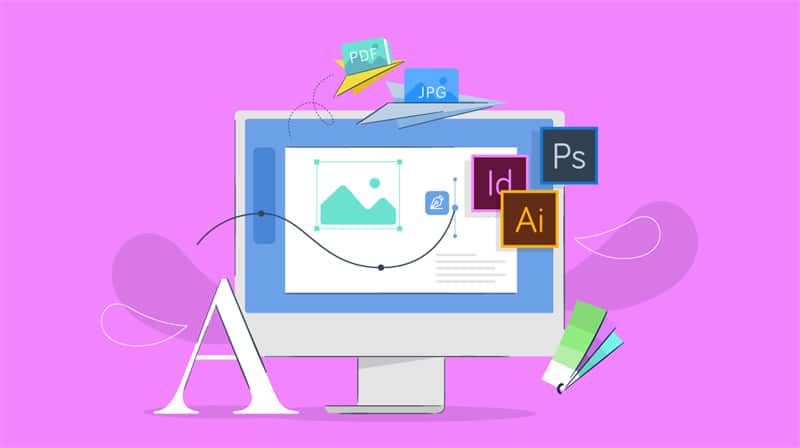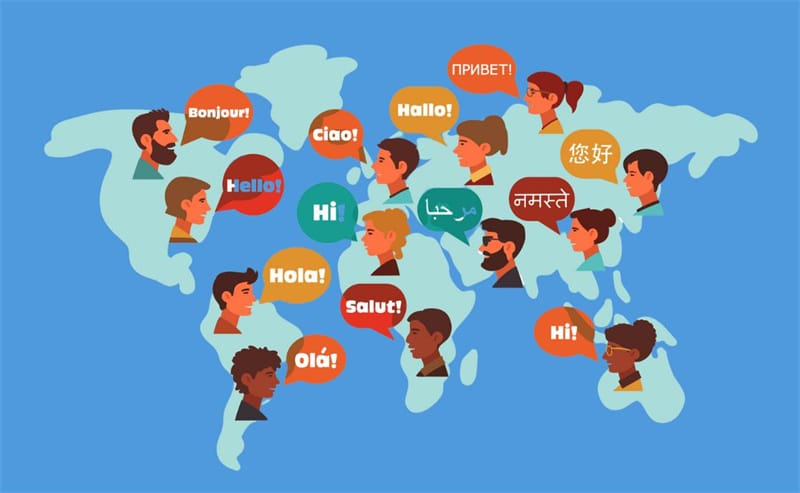
Effective communication has become more crucial than ever in today's fast-paced digital age, where information is conveyed at lightning speed through many channels.
Whether you're a marketer, a content creator, a business owner, or simply someone with a message to share, how you present your ideas can make all the difference in whether they are heard and remembered. At the heart of this effective communication lies the often-underestimated yet incredibly powerful realm of visual design.
Visual design is typically the art and science of crafting visual elements, from colors and typography to images and layouts, to convey a message, evoke emotions, and engage the viewer. It's the secret sauce that can transform mundane content into something captivating, turn complex data into easily digestible insights, and leave a lasting impression on your audience. But what makes visual design important in communication, and how does it impact our everyday lives?
A visual design course can be a powerful tool for improving communication and leveraging your business in several significant ways. It is not just about making things look pretty; it's about crafting engaging, informative, and persuasive messages. Visual design is a cornerstone of branding. A well-designed logo, color scheme, and visual identity can make your business instantly recognizable and leave a lasting impression on your audience.
Define Visual Design

Visual design is primarily the art and science of arranging visual elements like colors, typography, images, and layouts to convey a message or evoke emotions. It is a multifaceted discipline that blends aesthetics with functionality. Visual designers create everything from website interfaces and marketing materials to logos and infographics, ensuring that each piece is visually appealing, consistent with branding, and optimally structured for user engagement.
By harmonizing these elements, visual design enhances communication, captures attention, and influences perceptions, making it an integral part of various fields, including marketing, user experience design, and art. It's the language of visual storytelling and effective message delivery.
Role of Visual Design in Communication
Visual design plays a pivotal role in communication, serving as a powerful and versatile tool for conveying messages and information effectively. It strategically uses visual elements such as color, typography, images, and layout to engage, inform, and influence an audience.
In this era of information overload, where content bombards us from all directions, the importance of visual design in communication cannot be overstated.
Capturing Attention: Visual design is the initial point of contact with an audience and it serves as the first impression. Compelling visuals can captivate and draw in viewers in a world where our attention spans are shrinking. The right combination of color, imagery, and typography can arrest one's attention, encouraging one to delve deeper into the content.
Enhancing Comprehension: Well-designed visuals simplify complex information. They break down intricate concepts and data into easily digestible components. Whether through infographics, charts, or diagrams, visual design provides a visual hierarchy that guides the audience's understanding. By distilling the essence of a message into visual form, it allows for quicker and more intuitive comprehension.
Conveying Emotions: Visuals are adept at evoking emotions. Colors, in particular, have a profound psychological impact. Red can convey urgency or passion, while blue might exude calmness and trust. The choice of imagery and design elements also plays an important role to set tone of the message. Visual design can elicit empathy, excitement, or any other emotion aligned with the intended message.
Brand Identity: Consistency in visual design is critical for brand recognition. A strong visual identity, including logos, color schemes, and typography, distinguishes a business or organization and fosters trust and familiarity. The repetition of these elements across various communication channels creates a unified and memorable brand image, reinforcing brand association.
User Experience (UX): Visual design profoundly impacts user experience, especially in the digital realm. A well-considered visual design benefits websites, apps, and software interfaces. It influences how users interact with the platform, affecting navigation, ease of use, and overall satisfaction. Effective visual design can lead to a positive user experience, keeping visitors engaged and returning for more.
Decision-Making: Visual design can significantly influence decision-making. For example, in e-commerce, the design of product pages, including high-quality images, well-placed call-to-action buttons, and persuasive color choices, can lead to higher conversion rates. Effective visual design guides users toward the desired actions, such as purchasing, signing up for a newsletter, or clicking on a link.
Universal Language: Visual design transcends language barriers. It can convey messages to a global audience without the need for translation. This is especially valuable in our interconnected world, where businesses and individuals communicate with diverse audiences from various linguistic backgrounds.

Credibility and Professionalism: Quality visual design imparts an air of professionalism and credibility. It signifies attention to detail and a commitment to providing a trustworthy message. Conversely, poorly executed design can undermine credibility and deter engagement.
Storytelling: Visual design can be a powerful storytelling tool. Creating a visual narrative helps audiences connect with the message on a deeper level. Combining text with compelling imagery can take the audience on a journey, making the message more memorable and relatable.
Conclusion
The importance of visual design in communication is undeniable. It is the linchpin connecting ideas to individuals, influencing perceptions, facilitating comprehension, and evoking emotions. Effective visual design is a critical asset in our information-driven world, whether in branding, marketing, user experience, or storytelling.
Moreover, a visual design course is an invaluable resource for those aspiring to excel in the design industry. It equips individuals with the latest techniques and trends to enable them to stay at the forefront of a constantly evolving field. Such knowledge empowers designers to create impactful and innovative visuals that resonate with their audience, ultimately driving success in the dynamic design industry.










